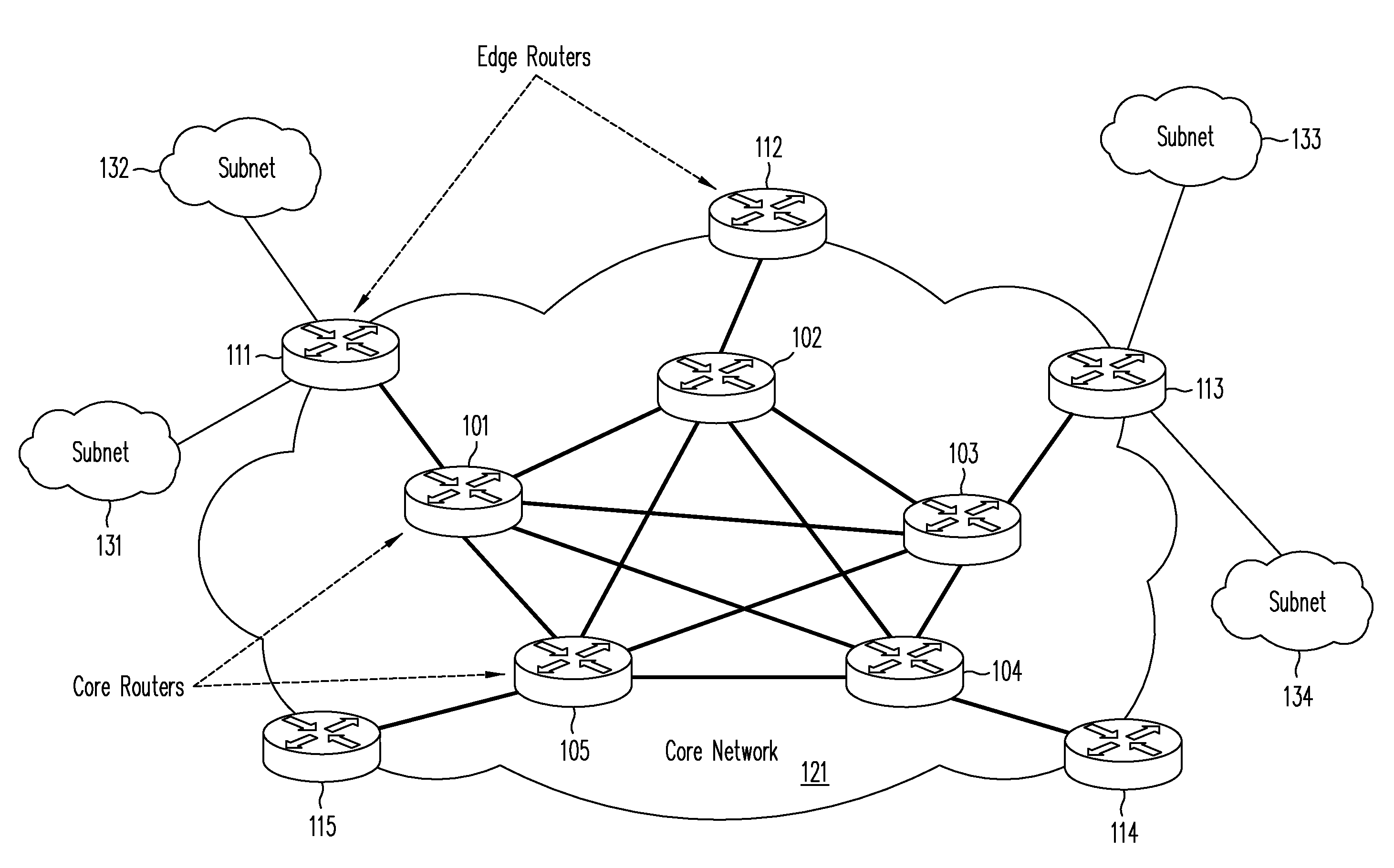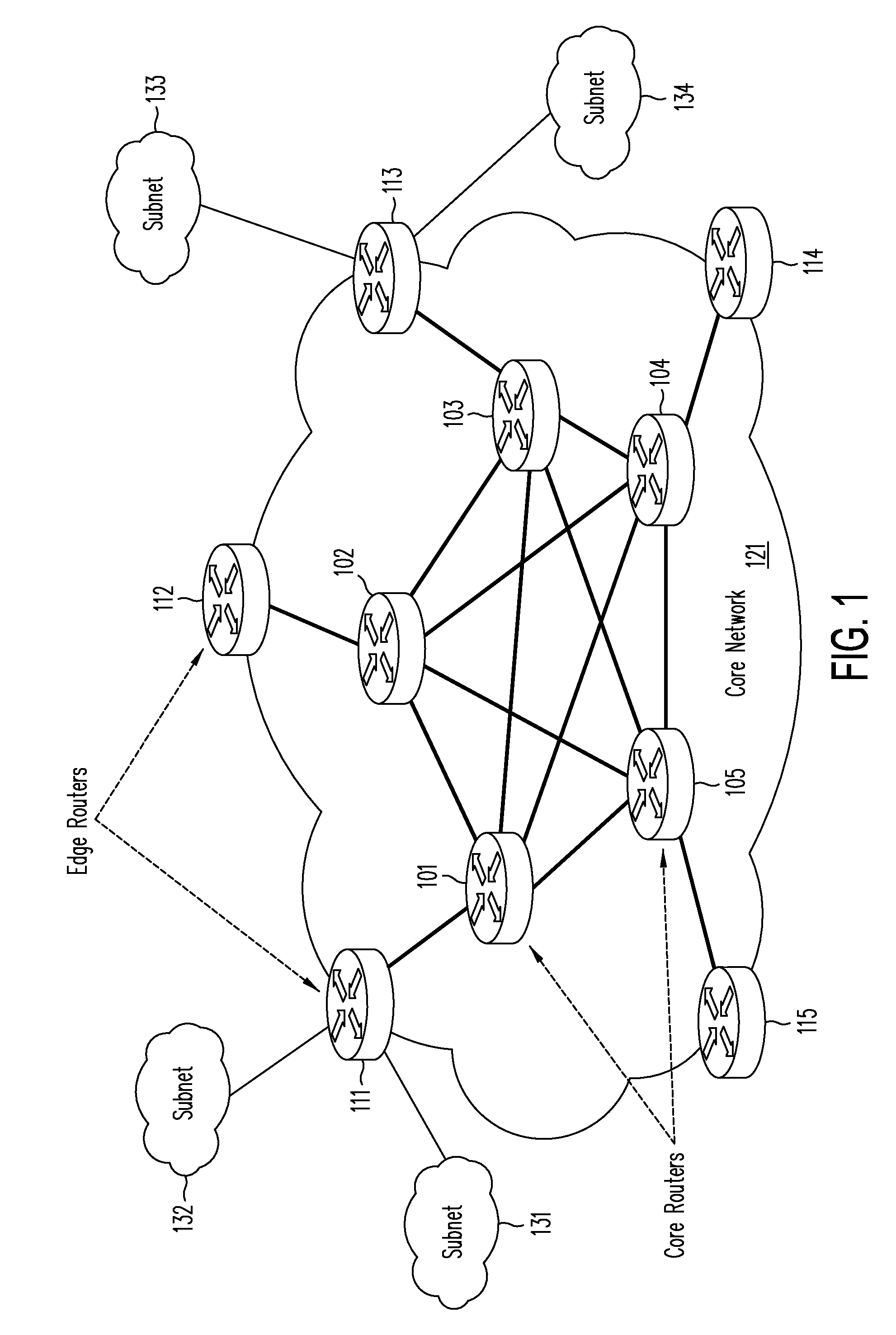In recent years, denial of service (DoS) attacks and distributed denial of service (DDoS) attack has become a major security
threat to
Internet service.
A DoS attack and DDoS attack can completely consume the resources of a
server, which will be unable to provide services for legitimate users.
With the exponential increase of Internet-based e-business and e-commence, the damage of DoS attacks and DDoS attacks is becoming more and more significant.
Therefore, how to
handle DoS attacks and DDoS attacks and protect the access of legitimate users has become a crucial challenge and has attracted the attention f both the industry and academia.
The flooding sources then collectively generate and send an excessive number of flooding packets to the victim, but with fake and randomized source addresses, so that the victim cannot locate the flooding sources.
Their obvious drawback is the inability to detect attacks whose instances have not yet been observed.
Although this approach can clearly protect the
server system, it may not be efficient to protect legitimate users because the attack traffic has utilize a huge amount of resources in the network and because it is very difficult for the host to distinguish attack traffic from legitimate traffic in many circumstance.
However, such an approach has the same drawback as that of the host-based systems.
Unfortunately, such kinds of schemes require a global deployment and the modification of existing
IP forwarding mechanism, for example, modifying the IP header, which is a difficult task, if not impossible.
On the other hand, if the
identification system can only provide limited information, then the defense
system can only limit the rate of potential attack traffic, which means that a portion of attack traffic will still be able to reach the victim and that some legitimate traffic will be mistakenly filtered.
However, many existing schemes may require the modification of existing
packet forwarding mechanism, such as IP traceback.
Third, the algorithms need to be computationally simple because of the multi-
Gigabit per second (Gbps) links used by most of the carriers today and limited memory usage for on-fly
information storage.
Most of the
anomaly detection algorithms proposed usually handles the high-volume attack but their performance degrades severely as soon as the attacks rate drops below a specific threshold becoming almost undistinguishable with “Internet
noise”.
However, one of the main difficulties of this scheme is that the duration of TCP sessions can be very large, which means that the ratio may not be close to 1 in a long period.
Nevertheless, this scheme can only be deployed at the location that is close to the attacker and can only detect SYN attack with spoofed source
IP address.
Consequently, to generate a certain amount of attacks, the number of IP addresses will be large.
In this scheme, a
database is required to store the information of all IP addresses that appeared in a certain period, which means that the memory requirement is very large for large-scale Internet.
In addition to monitor the
feature data such as the ratio of the number of TCP SYN packets and the number of TCP FIN and RST packets or the ratio of the number of SYN packets and the number of SYN / ACK packets on the other direction, another important issue is how to detect attacks or anomalies based on the observed
feature data.
However, we notice that in all these studies the parameters of the change-point algorithms are fixed and no comprehensive performance studies are provided.
In practice, this approach may lead to significant false alarms after the finish of attacks.
 Login to View More
Login to View More  Login to View More
Login to View More 


